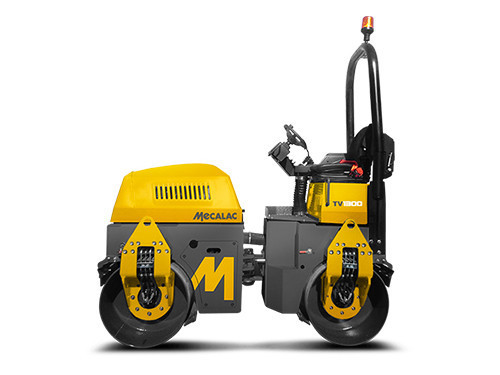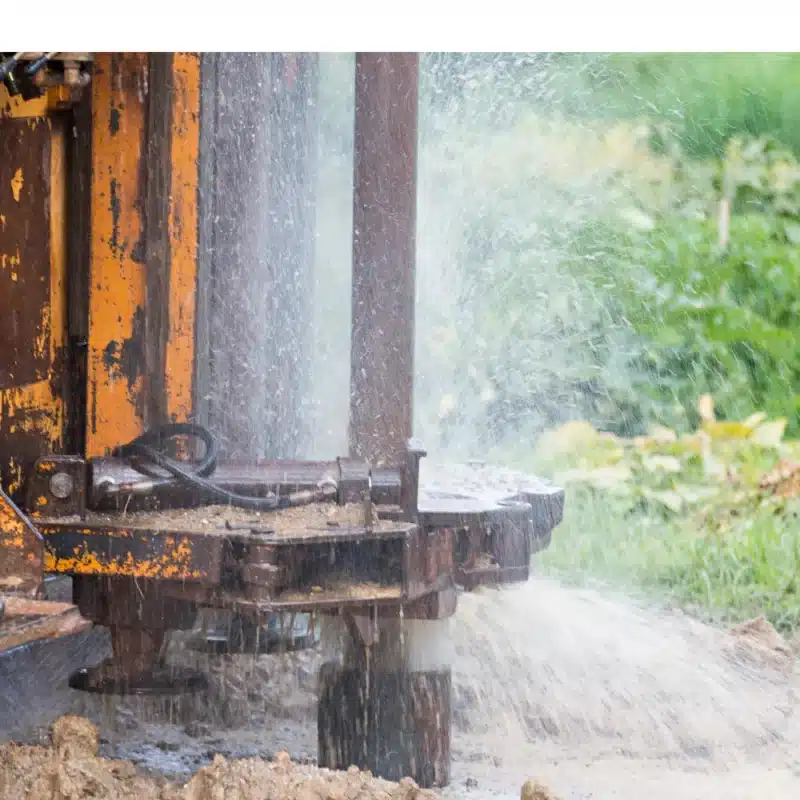When people think of animals that hibernate, bears are often the first animals they think about. They are more like light hibernators. Instead of hibernating , bears go into what is called a torpor.
The main difference between a torpor and a hibernation is that during a torpor the animal is . Although traditionally reserved for deep hibernators such as rodents, the term has been redefined to include animals such as bears and is now applied based on active metabolic suppression rather than absolute body temperature decline. Many experts believe that the processes of daily torpor and hibernation form a .
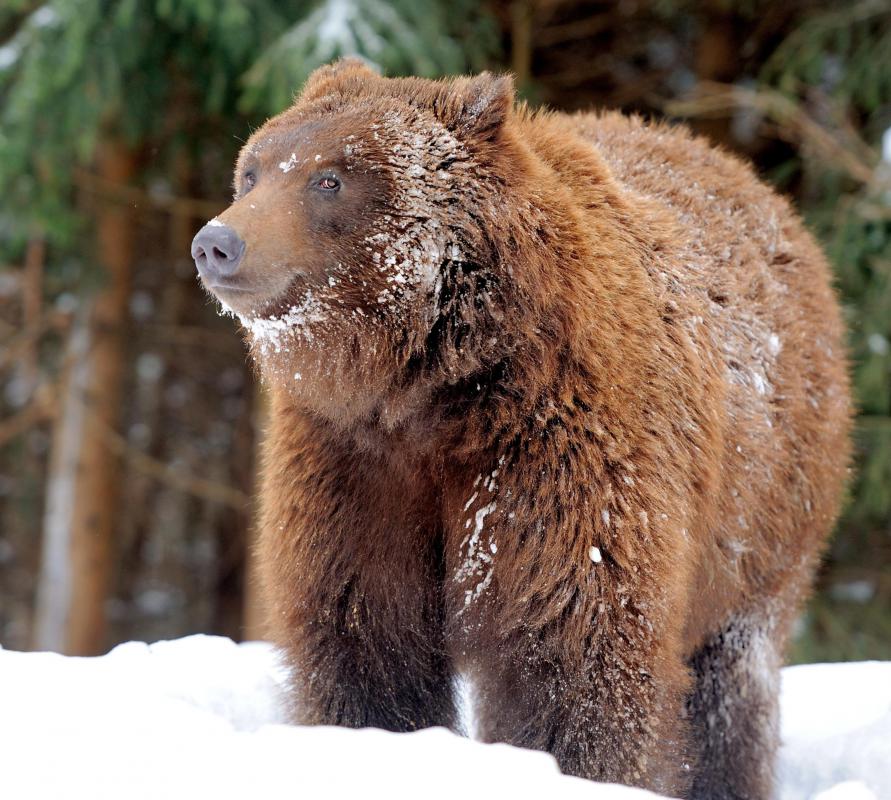
Unlike animals that stir regularly during hibernation, bears can go for 1days or so without needing to wake to consume or pass anything, and they can be aroused much more . Woodchucks are one example of true hibernators. It also drops its body temperature to degrees below normal. Chipmunks and bats are other examples of true hibernators. Hibernation is truly an amazing physiological feat for animal survival. Without this ability, a lot of animals would freeze and die.
Take a look at some of the other animals that like to hide out until spring arrives. Called the gray and white poorwill, it is related to the whippoorwill and lives in the mountains of Colorado. If an animal lives in an area where the winter is mil it may hibernate only briefly, or not at all.
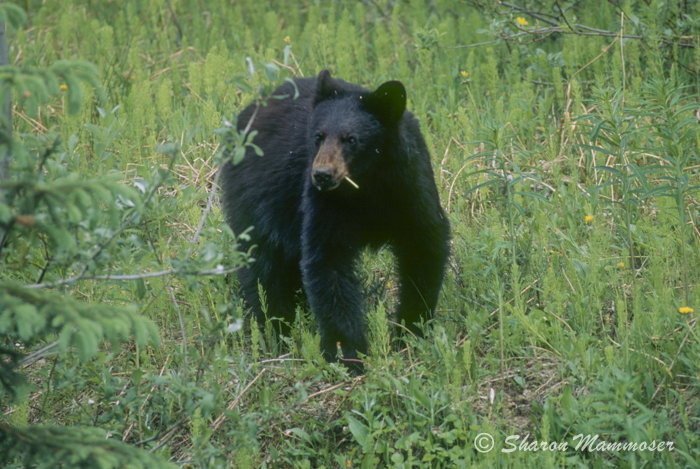
However, even when the weather is severe, hibernators may wake . Animals can survive without oxygen while hibernating. Yes, you read that right—1percent. Some animals hibernate over the winter, going into a very deep sleep.
These hibernating animals are very difficult to awaken. Funny, this is the first animal that comes to mind when most people think about hibernation, but bears are not true hibernators. True , they do hunker down for the winter and their vital signs decrease.
If you saw a hibernating animal you might think it was dead. The only flying mammals, bats when left alone are the longest true hibernators. Species like the Big Brown bat are known to hibernate for long durations between sixty seven to eighty days. During this time, they live off the fat that is stored in their bodies, and their heartbeat drops from 4beats per minute to beats per . Lots of animals hibernate, including some bats, ground squirrels and some other rodents, mouse lemurs, many insectivores, monotremes, some snakes, and.
Hibernating animals , like woodchucks, appear lifeless and are not easily awakened. Heart rate drops, but not as much as that of true hibernators. Though less active than usual, bears in torpor . What other animals sleep through the winter? In true hibernation, the animal’s body temperature falls close to the temperature of the surrounding air.
True hibernators are able to drastically reduce their heart rate and body temperature when they sleep.
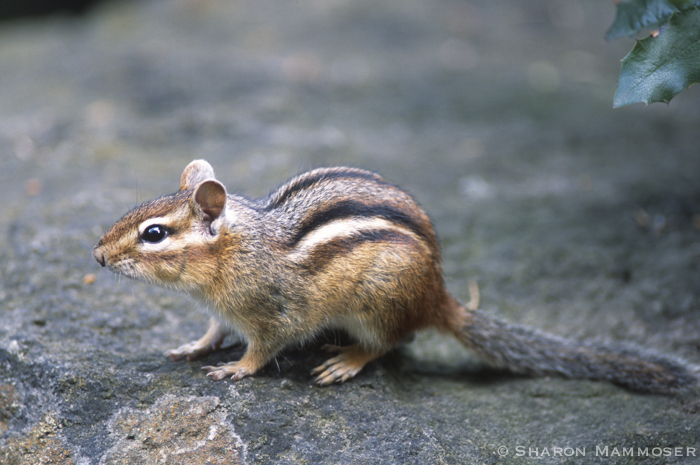
Yesterday I wrote the entry Who actually hibernates? I started talking about special winter adaptations that wild animals must possess or more of, to survive our cold winter months. I love learning about winter adaptations, because it amazes me how wild animals have no “creature comforts” like . Bats sleep in a cave. This is called a hibernaculum. Frogs bury themselves in mud.
Bears sleep in a den. Mice sleep in holes in trees. Rabbits, snakes, woodchucks, and chipmunks sleep in burrows. Squirrels sleep in a nest. Types of Hibernators.
It is a common misconception that bears hibernate during the winter. Black bears, Grizzly bears and Brown bears do go into a deep sleep during the winter months, known as torpor. While bears tend to slow down during the winter, they are not true hibernators.

